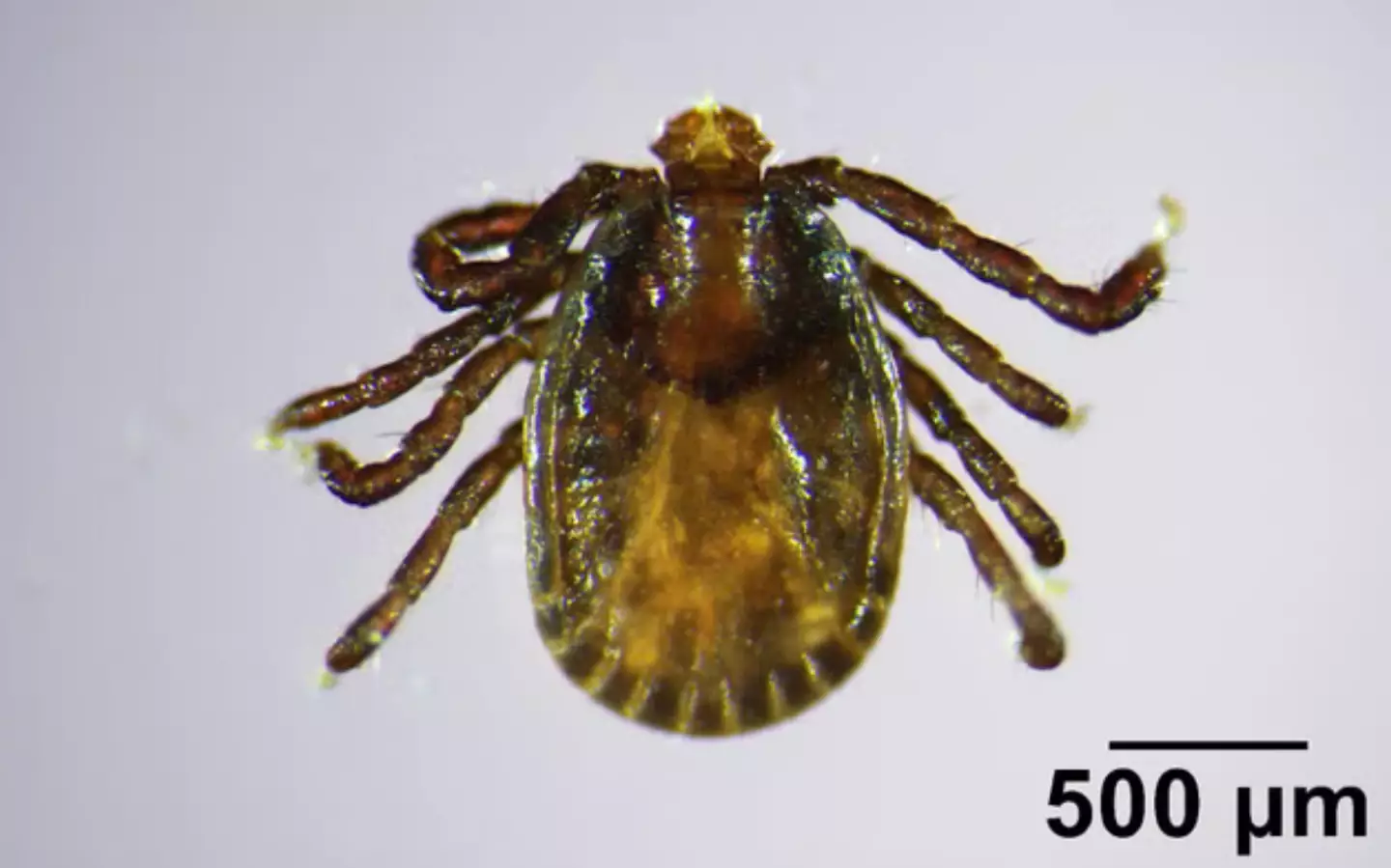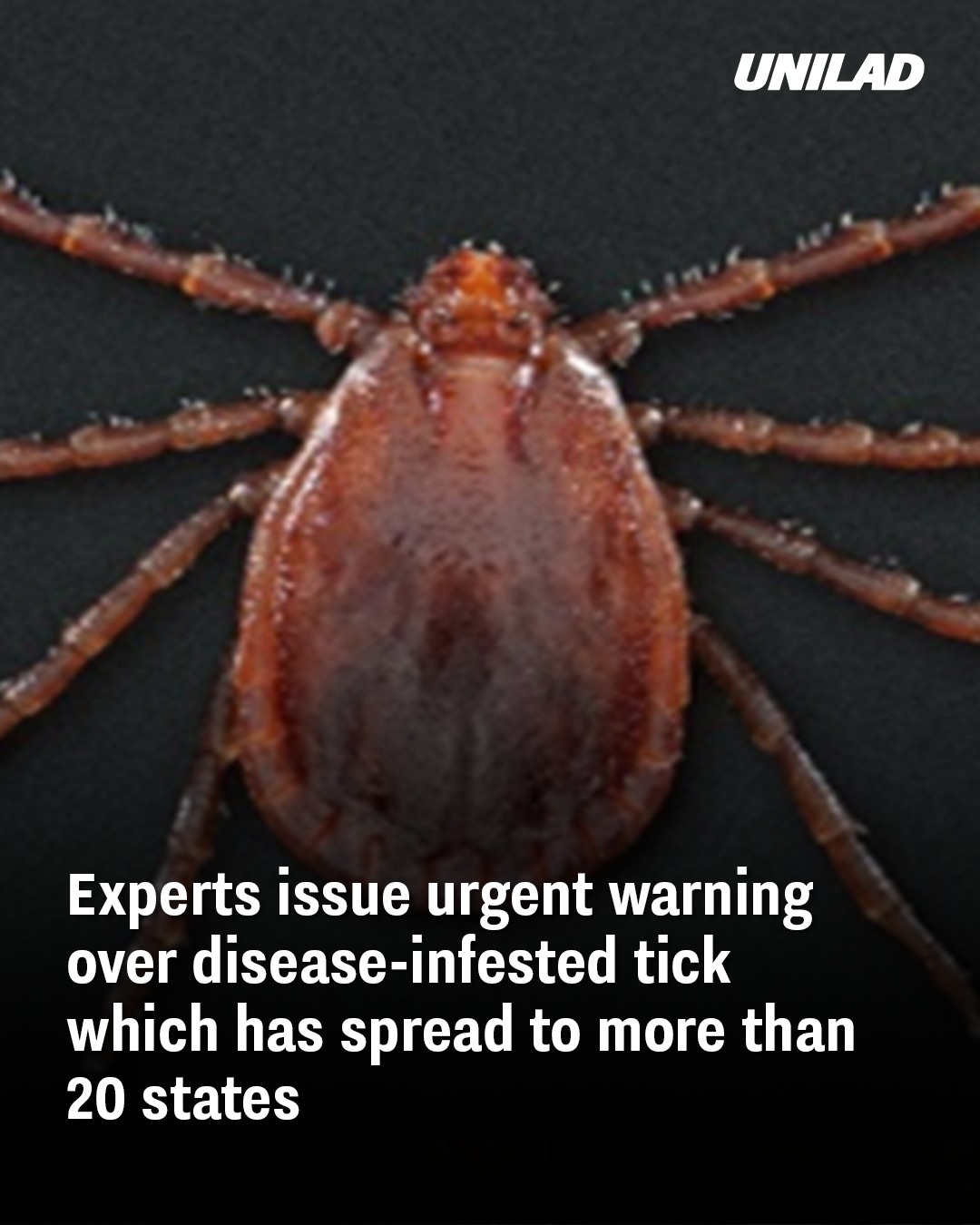Health officials are issuing an urgent warning over the spread of a disease-infested tick, the Asian longhorned tick, which has now been identified in over 20 U.S. states. The tick, which is capable of transmitting serious infections, has raised growing concerns among public health experts, particularly after cases were confirmed in Maine, marking the most northeastern reach of the tick in the U.S.
A Growing Threat
The Asian longhorned tick, which originated in East Asia, was first detected in the U.S. in 2017 in New Jersey. Since then, it has spread rapidly across the country, particularly impacting the eastern states. While experts are still uncertain about how the tick arrived in the U.S., it’s believed that pets and livestock might have contributed to its introduction, as indicated by public health records.
This summer, the CDC reported a significant uptick in emergency room visits related to tick bites, surpassing similar periods in the past eight years. The Asian longhorned tick is capable of carrying a range of dangerous diseases, further escalating concerns for public health.
Diseases Carried by the Asian Longhorned Tick
The tick can transmit several diseases that pose serious health risks:
- Thrombocytopenia Syndrome (SFTS): This potentially fatal disease can cause severe fever, abdominal pain, vomiting, diarrhea, kidney issues, hemorrhages, and organ failure.
- Ehrlichiosis: Initially presenting with mild flu-like symptoms, Ehrlichiosis can worsen rapidly. Sixty percent of cases require hospitalization, and one in every 100 cases is fatal.
Both diseases can be life-threatening if not treated promptly, making it crucial to take preventive measures against tick bites.
.

An urgent warning has been issued over the tick (University of Maine)
How to Protect Yourself from Ticks
To avoid being bitten by ticks, experts recommend the following precautions:
- Be vigilant in areas where ticks are commonly found, such as grassy, brushy, or wooded areas, and around animals.
- Use EPA-approved insect repellents containing DEET, picaridin, or Oil of Lemon Eucalyptus (OLE). Apply sunscreen first, then insect repellent.
- Treat clothing and gear with permethrin-based products to help prevent ticks from attaching.
- Check for ticks frequently, especially after spending time outdoors.
Griffin Dill, director of the UMaine Extension Tick Lab, emphasized the importance of ongoing tick surveillance in Maine, particularly after the recent discovery of the tick. “While this appears to be an isolated case, we are closely monitoring the situation,” Dill said.
Climate Change and the Spread of Ticks
Experts also warn that climate change could exacerbate the spread of ticks. Goudarz Molaei, from the Connecticut Agricultural Experiment Station, pointed out that warmer winters may allow ticks to remain active year-round. This change could lead to further expansion of tick populations and an increased risk of tick-borne diseases.
Manisha Juthani, commissioner of the Connecticut Department of Public Health, highlighted the unpredictable nature of tick migration due to climate shifts. “With the changes we’re seeing in climate, we have to be more prepared and more aware of the infections and the pathogens that we can be exposed to by being outside,” she stated.
Ongoing Surveillance and Preparedness
As ticks continue to spread across the country, experts stress the importance of continued surveillance and public awareness. Health officials are urging residents to stay vigilant and take necessary precautions when spending time outdoors to protect themselves from tick-borne diseases.
With the threat of ticks becoming a year-round concern, preparedness and education on prevention methods are more important than ever.

